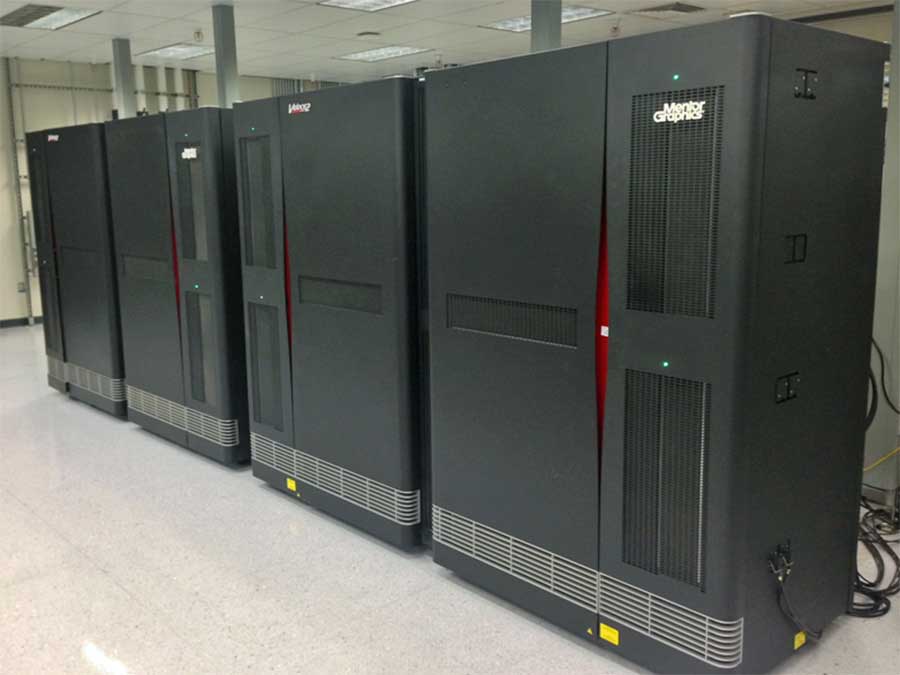Source: EDACafé

Industry onlines have been posting 2016 predictions since the beginning of the year, so why should EDACafe be any different?

Herein is my 2016 prediction: The Electronics Industry will see more hardware emulation experts and specialists this year than ever before due in large measure to the widespread proliferation of hardware emulators. These experts are both hardware designers and software developers –– giving hardware emulation the distinction of being the only verification tool able to make this claim –– as co-verification becomes a way of life for SoC debug. They become proficient emulation users as the tool tracks a bug across software and into the hardware design and the reverse, from the hardware design to the embedded software.
Another reason why we’ll see more experts can be attributed to hardware emulators now being used as datacenter resources, making them more accessible to more users. These efficient tools can be accessed remotely in transaction-based emulation mode or in standalone emulation mode any time anywhere.
Certainly, accessibility has made a significant difference, but credit should go to hardware emulation providers who have worked to make the tools more reliable, cost effective and much easier to use. Previous generations of hardware emulators were intimidating because they were difficult to setup and use, expensive and, frankly, not worth the effort. In those dark days, hardware emulation required months to assemble the design-under-test (DUT) and, in many cases, past the delivery of the first silicon from the foundry. They were hardly a productivity enhancer.
They are now the most versatile of verification tools, and engineering teams routinely use them with confidence in a variety of different modes to thoroughly debug their chips. It should be welcome news to know there’s an almost foolproof verification tool ready to do the job.
One potent reason for hardware emulation’s popularity is word of mouth. Marketing executives yearn for recommendations and testimonials from happy users. Once word gets out that a tool like hardware emulation does a great job, it’s only a matter of time before engineering teams begin to do further research. From there, it’s only a matter of time for the tool to become a line item in the budget and evaluations begin, another point where a user’s expertise starts.
Engineering teams are investing in hardware emulation and the investment is paying off. Users can see the results and the time savings, an all-important aspect of SoC verification and debug, especially compared to previous generations of hardware emulation. And, a pool of hardware emulation experts is emerging.
My bonus prediction is that these hardware emulation experts will come up with more use models in 2016, as will other users as hardware emulation continues to be the preferred verification tool.